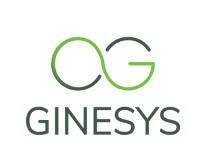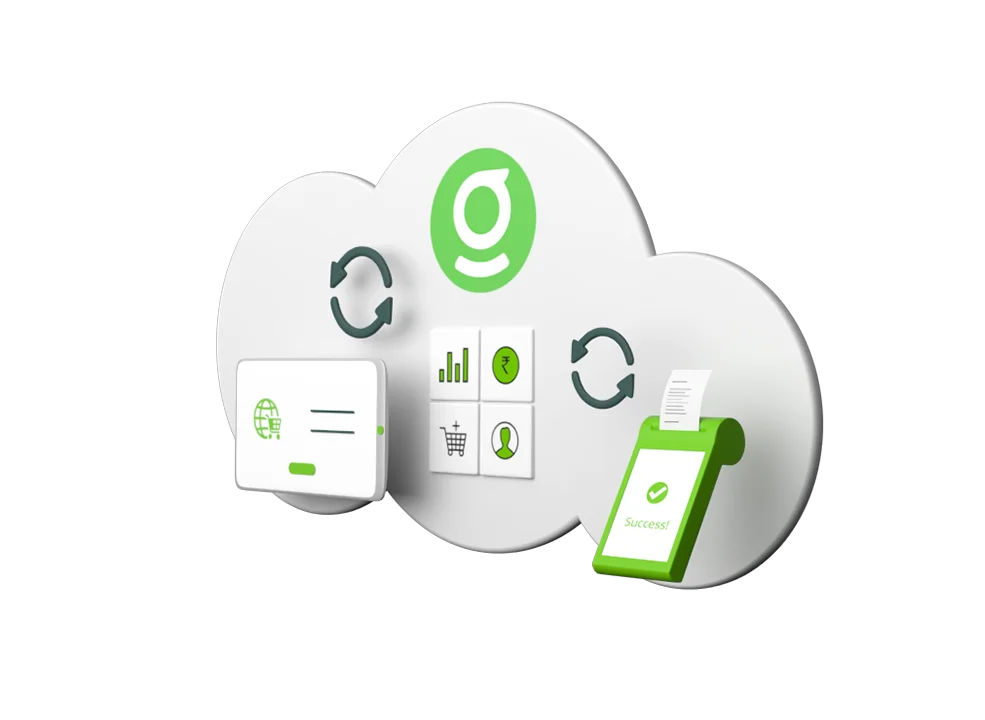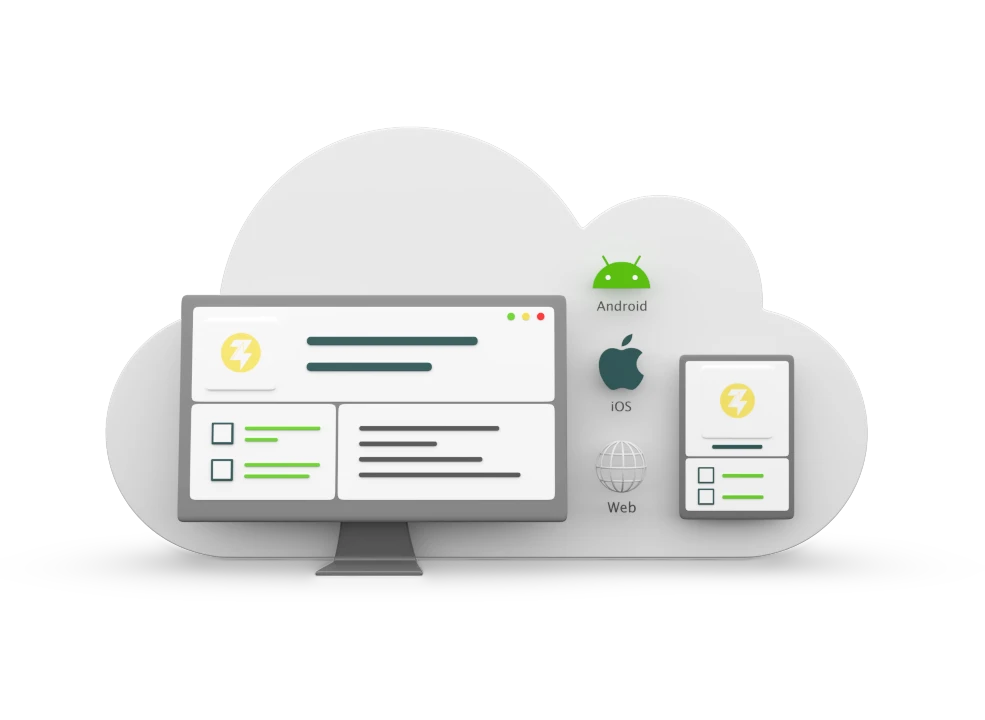Best Ways to Reduce Cart Abandonment Rate on Your D2C Ecommerce Site

Do you know? Warby Parker started as a direct-to-consumer brand that revolutionized how eyewear was sold by focusing on a seamless online shopping experience and exceptional customer service. Their success story demonstrates the importance of minimizing friction during the purchase process. In D2C marketing, cart abandonment remains a critical challenge, impacting conversion rates and overall revenue. Cart abandonment occurs when customers add items to their cart but exit the site without completing the purchase.
Imagine you’ve invested time and money into acquiring customers, only to lose them just before they finalize their purchase. It’s frustrating, especially when the abandoned cart rate directly impacts your revenue and conversion rates. Research shows that nearly 70% of online shoppers abandon their carts, leaving retailers with a significant opportunity to capture those lost sales.
In this blog, we’ll explore several strategies to reduce cart abandonment on your D2C Ecommerce site. These strategies will help you improve the customer experience, streamline the checkout process, leverage omnichannel marketing, and build trust and transparency—all contributing to improved conversion rates.

Turn abandoned carts into conversions with Ginesys
Understanding Cart Abandonment in D2C Ecommerce
Cart abandonment is a common challenge in D2C Ecommerce. Understanding why this happens, whether due to unexpected costs, complex checkout processes, or lack of payment options, can help brands optimize their strategy and boost conversions effectively.
What is Cart Abandonment?
Cart abandonment happens when a customer adds items to their shopping cart but leaves the site without completing the purchase. This can occur at any point during the checkout process, whether they’re entering payment details or just one click away from placing the order.
Key Reasons Why Customers Abandon Their Carts
There are several reasons customers abandon their carts, and understanding these reasons is key to addressing the issue:
- Unexpected Costs: High shipping fees, taxes, and additional charges that weren’t visible earlier in the process can cause customers to rethink their purchase.
- Complicated Checkout Process: A long, confusing, or complicated checkout process can frustrate customers, leading them to abandon their carts.
- Lack of Trust: If a site doesn’t appear secure or transparent with its policies, customers may hesitate to complete their purchase.
- Payment Issues: Limited payment options or complicated payment processes can make it hard for customers to finalize their purchases.
- Distractions or Change of Mind: Sometimes, customers simply get distracted or decide they no longer want the product.
How Cart Abandonment Differs for D2C Brands vs. Marketplaces
For D2C brands, cart abandonment can reveal issues in the shopping experience that differ from those on big marketplaces like Amazon or Flipkart. Since D2C websites control their own checkout and customer interactions, they can tailor strategies to create a smooth, trustworthy, and user-friendly process.
Simple touches like personalized product suggestions and easy payment options help reduce abandonment rates. Knowing these factors is key to recovering lost sales and boosting overall customer satisfaction and loyalty.
By addressing these issues, brands can improve both conversion rates and revenue performance. A thorough analysis of user behavior, seamless interface design, and transparent pricing can further assist brands in curbing cart abandonment and boosting overall profitability.

Unlock higher conversions by fixing cart friction fast
The 10 Ways to Optimize Checkouts for Higher Conversions
Enhancing the checkout experience is essential for converting “browsers” into actual buyers. By offering diverse payment options, and reducing friction, brands can significantly improve customer satisfaction and boost sales. A seamless experience not only builds trust but also encourages repeat business and long-term loyalty for sustained growth. Here’s how you can do it:
1. Streamline the Checkout Flow
A complicated or multi-step checkout can lead to abandoned carts. Consolidate essential information (e.g., shipping, billing, and payment) into as few steps as possible—ideally, a single-page checkout. This gives customers a clear overview and speeds up the process.
2. Offer Guest Checkout
Not everyone wants to create an account on their first visit. Guest checkout allows new customers to complete their purchase quickly without extra barriers. Once they’ve successfully checked out, you can invite them to create an account—no pressure required.
3. Minimize Form Fields
Every additional field is a potential drop-off point. Collect only what’s absolutely necessary to fulfill the order (e.g., shipping address, payment information). This helps keep the checkout short and friction-free.
4. Use Auto-Fill for Returning Customers
Repeat buyers shouldn’t have to start from scratch. By securely storing customer information (such as addresses and payment methods), you can auto-fill fields for returning shoppers. This convenience saves time and encourages loyalty.
5. Provide Clear Order Summaries
Customers want to review their order details—item names, quantities, shipping costs, taxes—before finalizing. Present a clear summary in an easily visible section, ensuring no surprises at the last moment.
6. Offer Multiple Secure Payment Methods
Shoppers have different payment preferences. Whether it’s credit cards, PayPal, digital wallets, or “Buy Now, Pay Later” (BNPL) options, providing multiple methods removes obstacles and increases the likelihood of a completed purchase. Make sure your payment gateway is secure and visibly trustworthy.
7. Optimize for Mobile
A growing number of purchases happen on mobile devices. Make sure your checkout is mobile-responsive, with easy-to-tap buttons, simplified forms, and clear text. A seamless mobile experience significantly reduces cart abandonment rates.
8. Enable Quick Reordering for Repeat Purchases
Frequent buyers appreciate a shortcut. By allowing one-click reordering or saving shopping preferences, you make it effortless for customers to restock favorite items. This feature is especially beneficial for subscription or recurring products (like pet food, personal care items, or household essentials), where predictable restocking is common.
9. Build Trust with Security and Transparency
Display trust badges (e.g., SSL certificates, recognized security seals) and ensure transparent policies regarding data protection and returns. When customers feel secure, they’re more likely to complete the transaction.
10. Provide Post-Purchase Support and Follow-Up
Once the order is placed, send a confirmation email with clear details on shipping times, tracking information, and how to contact support. A friendly follow-up thanking them for their purchase can encourage repeat business and positive word-of-mouth.

Powerful Omnichannel Retargeting Strategies to Boost Engagement & Conversions
Omnichannel marketing is essential for effective retargeting strategies. This section explores integrated approaches to leverage multiple channels, ensuring consistent messaging and personalized customer engagement. Let’s read along.
Importance of Retargeting in D2C Marketing
Retargeting is a powerful tool in reducing cart abandonment. It works by using cookies or pixels to track users who have visited the website but didn’t make a purchase. These users are then shown ads as they browse other websites or social media platforms, reminding them of the products they viewed. This gentle nudge can help bring them back to your site, often leading to a higher conversion rate than new traffic alone.
A great example of retargeting in action is with companies like ASOS. After browsing items but leaving without purchasing, users might see retargeted ads showing the same or similar products across social media platforms or even receive an email reminding them of their abandoned cart, sometimes with a personalized discount code to further encourage action.
Ultimately, retargeting not only helps recover lost sales but also strengthens brand recall. When a customer repeatedly sees the brand, especially in a context that resonates with their past actions, it builds familiarity and trust, improving the chances of conversion.
Using Omnichannel Marketing Strategies
Retargeting Ads on Social Media and Google
Retargeting ads on platforms like Facebook, Instagram, and Google can help bring back potential buyers. These ads remind customers of products they’ve shown interest in, helping to recover abandoned sales. A great example of retargeting ads is Nike. They use Facebook and Google Ads to retarget customers who’ve browsed their online store but left without making a purchase. By showing them personalized ads with the exact products they viewed, Nike has successfully increased conversions and boosted customer engagement.
Personalized Email Reminders for Abandoned Carts
Sending personalized emails to customers who’ve abandoned their carts is one of the most effective ways to encourage them to finalize their purchase. These emails can include a product reminder, a special offer, or a discount to motivate them to come back and complete the transaction.
SMS and WhatsApp Reminders with Discount Offers
SMS and WhatsApp messages have high open rates and can be a great way to remind customers about their abandoned carts. Offering a discount or incentive through these channels increases the chances of recovering the sale.
Abof, an online clothing store, uses WhatsApp to send timely reminders to customers about their abandoned carts. By providing personalized messages and offering exclusive discounts, they have successfully increased their abandoned cart recovery rate.
Creating Urgency with Limited Time Deals and Free Shipping Incentives
Adding a sense of urgency can push customers to complete their purchase. Offering limited-time discounts or free shipping for a short period after cart abandonment can nudge customers to return and finish the transaction before the deal expires.

Ready to supercharge sales? Streamline your checkout!
Improving Trust and Transparency
Building trust and transparency with customers is essential for long-term success. When businesses are open about their practices, values, and commitments, it strengthens relationships and fosters loyalty. Here’s how:
Show Trust Signals
Trust signals can help reassure customers about the security of their purchase. These include:
- Customer Reviews and Ratings: Displaying customer reviews and ratings can help build confidence in your product. Positive feedback from other buyers can reassure customers and encourage them to proceed with their purchase.
- Secure Payment Badges: Secure payment badges, such as SSL certificates and trusted payment gateways, signal to customers that their personal and payment information is safe. Clearly displaying these badges during the checkout process is essential to building trust.
- Return and Refund Policies Clearly Displayed: Clearly display return and refund policies so customers can feel confident in their purchase. Knowing they can easily return a product if it doesn’t meet their expectations can reduce hesitation during checkout.
Provide Real-Time Inventory Updates
Showing real-time inventory updates, such as “Only 2 left in stock,” can create urgency and encourage customers to complete their purchase. This tactic is particularly effective when combined with limited time offers.
Display Estimated Delivery Dates Upfront
Customers appreciate knowing when to expect their purchase. Displaying estimated delivery dates at the beginning of the checkout process helps manage expectations and reduces the chances of abandonment due to uncertainty about delivery times.
Advanced Marketplace Optimization Strategies for a Competitive Edge
To stay ahead in today’s crowded e-commerce space, brands need to optimize their presence on online marketplaces. Here’s how to gain a competitive edge through strategic marketplace optimization.
Competing Effectively: Stand Out Against Marketplaces
Direct-to-consumer (D2C) brands have the advantage of building deeper customer connections compared to large marketplaces. While marketplaces excel in variety and convenience, D2C brands can differentiate themselves by offering personalized experiences, exclusive benefits, and compelling brand stories. By addressing customer needs directly, D2C brands can cultivate loyalty and reduce cart abandonment through tailored engagement strategies.
Engaging Customers Through Better Deals, Exclusive Bundles, and Rewards
To retain customers and prevent them from opting for marketplaces, D2C brands should focus on offering attractive deals, exclusive bundles, and loyalty rewards. These offerings encourage repeat purchases and foster a direct relationship with the customer. For instance, Glossier, a leading D2C beauty brand, excels in this area by providing curated bundles and personalized promotions that appeal to their target audience.
Leveraging Marketplace Analytics for Smarter Pricing and Product Positioning
Marketplace analytics provide valuable insights into customer behavior, pricing trends, and competitor activity. D2C brands can use this data to refine pricing strategies and optimize product positioning, ensuring they stay competitive while minimizing cart abandonment.
Ensuring Fast and Reliable Fulfillment to Boost Customer Trust
Fast and reliable fulfillment services play a critical role in reducing cart abandonment. By offering quick shipping, easy returns, and transparent order tracking, brands can build trust and confidence, increasing the likelihood that customers will complete their purchases.

Boost sales with faster, smarter checkout solutions!
Maximizing Ecommerce Conversions with Personalized, Seamless Experiences
Effective Ecommerce marketing goes beyond just attracting traffic; it’s about turning visitors into paying customers. The goal is to create a smooth, engaging shopping experience that leads customers through every step, from discovery to purchase, while maximizing the return on marketing efforts.
Personalization in Product Recommendations and Offers
Personalizing product recommendations and offers increases the likelihood of conversion. Using browsing history and customer data to suggest products that align with their interests or needs can lead to more completed purchases.
Using AI-Powered Chatbots for Real-Time Assistance
AI-powered chatbots can provide real-time assistance to customers during their shopping journey. Whether answering product questions or assisting with the checkout process, chatbots can help prevent cart abandonment by resolving issues instantly.
Creating a Seamless Mobile Shopping Experience
With more and more shoppers buying via mobile devices, ensuring a seamless mobile shopping experience is critical. Optimizing the mobile site or app will ensure customers can browse, add items to their cart, and check out with minimal effort.
A/B Testing Checkout Flows and CTA Buttons for Optimization
Regularly perform A/B tests on the checkout flows and call-to-action (CTA) buttons to find out what works best. Small changes in button text, layout, or placement can have a significant impact on conversion rates and reduce cart abandonment.

Measuring and Continuously Improving Cart Recovery Strategies
To optimize cart recovery, businesses must track and analyze the effectiveness of their strategies. Here are some tactics to use:
Tracking Abandonment Rates Using Analytics
Using analytics tools to track cart abandonment rates helps identify patterns and areas for improvement. This data can reveal where customers are dropping off in the checkout process, allowing brands to make targeted improvements.
Testing Different Incentives
Test different incentives, such as discounts, free shipping, or loyalty rewards, to see which ones lead to higher conversions. Offering a mix of incentives based on customer behavior can increase the likelihood of recovering abandoned carts.
Analyzing Customer Feedback to Address Pain Points
Collecting and analyzing customer feedback helps uncover pain points in the checkout process. Whether through surveys, reviews, or direct communication, feedback can provide valuable insights into what’s causing cart abandonment and how to fix it.
Using Exit-Intent Popups to Capture Potential Customers
Exit-intent popups can be used to capture the attention of customers about to leave your site. Offering a last-minute discount or incentive in these popups can entice customers to stay and complete their purchase.
How Ginesys Helps Lower Cart Abandonment Rates
At Ginesys, we focus on eliminating the friction points that lead to cart abandonment. Our integrated suite ensures that your D2C operations run smoothly—both online and offline—by offering real-time visibility, fast order fulfillment, and seamless data integration. Here’s how our solutions make a difference:
- Real-Time Inventory Management: We synchronize inventory across all channels to ensure accurate product availability and prevent stockouts.
- Seamless Omnichannel Integration: Our system connects your ecommerce store with ERP and POS, creating a consistent and smooth shopping experience.
- Fast Order Fulfillment: Pre-integrated logistics and efficient warehouse management help us process and ship orders quickly, reducing customer drop-off.
- Automated Reconciliation & Reporting: Our advanced tools automate financial reconciliation and generate real-time reports, keeping backend operations efficient.
- Enhanced Customer Engagement: Unified customer data enables personalized promotions and targeted follow-ups to re-engage shoppers and encourage purchase completion.
This streamlined approach is designed to minimize delays and errors, ultimately boosting conversion rates on your D2C ecommerce site.

Learn the smarter way to optimize every customer checkout with Ginesys
Summing Up
Reducing cart abandonment requires a multi-pronged approach. From simplifying the checkout process and offering multiple payment options to leveraging omnichannel marketing for retargeting, trust signals, and competitive marketplace strategies, there are several ways to reduce cart abandonment and improve conversion rates.
Ginesys offers powerful solutions to optimize Ecommerce marketing, enhance omnichannel experiences, and integrate marketplace strategies. Our platform helps businesses streamline the entire Ecommerce journey, from checkout to fulfillment, improving customer retention and boosting sales.
By implementing these strategies, brands can significantly reduce cart abandonment and increase D2C sales. Act now and start optimizing your Ecommerce site to provide a seamless, secure, and personalized shopping experience for your customers.
Contact us and ask for a demo to see how Ginesys can help optimize your Ecommerce strategy.
